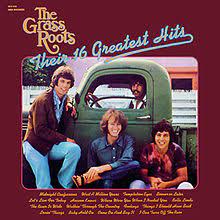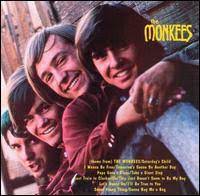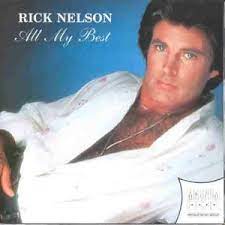Tutorial Pricing: $3.25ea OR any 10 for $10
(use code "Any10410" at checkout)
Paid Requests for $25ea
(comes with any 8 freebies -> so 9 for $25)
100's Of Free Demos & Chord Sheets
Best Songs By Roy Orbison
On The Acoustic
Welcome to my best songs by Roy Orbison section where you'll find songs from Roy Orbison you can learn on the acoustic guitar.
You'll find free demos, sample videos, chord sheets, rhythm tips and more. If you require a full instructional video tutorial you can get one for a small fee. Discount pricing listed above.
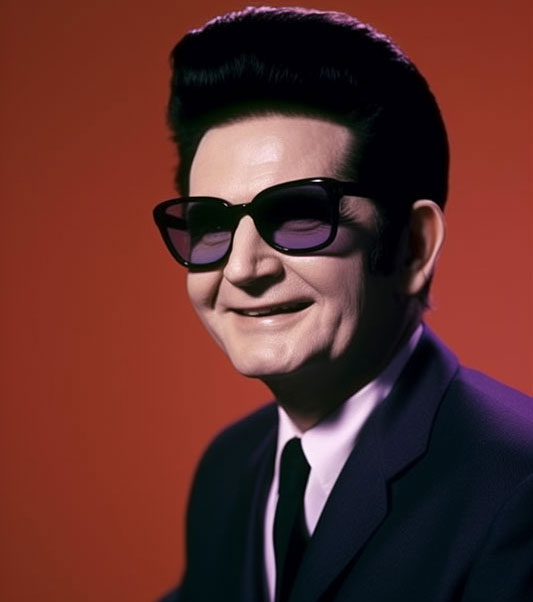
California Blue
Communication Breakdown
Crying
Dream Baby
Drove All Night
In Dreams
Mean Woman Blues
Not Alone Anymore
Only The Lonely
Ooby Dooby
Pretty Paper
Pretty Woman
Running Scared
She's A Mystery
You Got It
Your My Baby
Best Songs By Roy Orbison
Chords, Samples, Demos, Tutorials
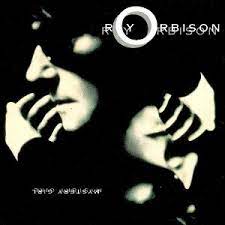
California Blue is a song that was written and recorded by Roy Orbison for his 1989 album "Mystery Girl."
The recording of "California Blue" was produced by Jeff Lynne, who was a longtime friend and collaborator of Orbison's. Lynne also played guitar on the track, and he used his signature production style to create a lush, layered sound that complemented Orbison's vocals perfectly.
Upon its release, "California Blue" was praised by critics and fans alike, and it became a fan favorite from the "Mystery Girl" album. The song was also released as a single, and it reached the top 40 on the UK Singles Chart.
Overall, "California Blue" is a beautiful and heartfelt song that showcases Roy Orbison's unique talent as a singer and songwriter. It remains a beloved and iconic track in his catalog, and it is a fitting tribute to the beauty of the state of California.
This one I play in drop D tuning with a root down up root up down up and repeat rhythm pattern but no lead. The chords here are D, G, Em and an A7.
Jump To Top
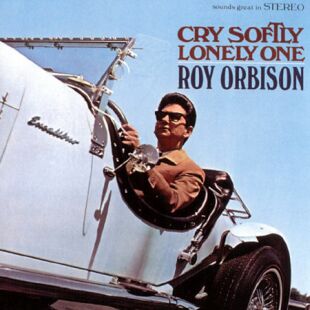
Communication Breakdown was a single from Roy's 1966 album Cry Softly Lonely One from 1966. The song hit #60 in the US but did much better in Austria where it peaked at #8.
I play this one in D but Roy recorded it in E so throw a capo on the 2nd fret with the chords A, D, G, Gm, D7, C, E7 and A7 if you can sing up that high. Play a root down up down up root up down up rhythm pattern. No lead in standard tuning.
Jump To Top
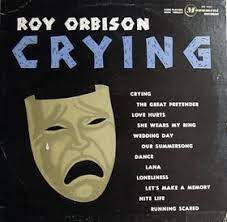
Crying is one of Roy Orbison's most iconic and beloved songs, and it was a big hit for him in the early 1960s.
"Crying" was written by Orbison and his frequent collaborator Joe Melson, and it was produced by Fred Foster.
Upon its release in 1961, "Crying" became a huge hit for Orbison, reaching number two on the US Billboard Hot 100 chart and number one on the Cash Box chart. The song also did well internationally, charting in countries like the UK, Canada, and Australia.
Over the years, "Crying" has become one of Roy Orbison's most enduring and iconic songs, and it has been covered by many other artists, including Don McLean, K.D. Lang, and even Orbison's own supergroup, The Traveling Wilburys.
This one I also play in drop D tuning with a root down up down up root up down up and repeat rhythm pattern The chords need here are G, Gaug, C, Cm, D7 and a Bm but no lead work required.
Jump To Top Of Best Songs By Roy Orbison
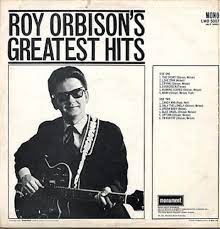
Dream Baby (How Long Must I Dream)" is a song written and recorded by Roy Orbison, and was released as a single in 1962. The song was produced by Fred Foster for Monument Records.
"Dream Baby" was a commercial success for Orbison, reaching No. 4 on the Billboard Hot 100 chart in the United States and No. 2 on the UK Singles Chart.
Interestingly, the song was originally written as a country ballad, but Orbison and Foster decided to re-arrange it as a rock and roll number during the recording process.
The song was later included on a greatest hits album. This is one of those Roy Orbison best songs in my opinion. Glen Campbell covered the song in 1971.
This number on has two chords, an A7 and a D play with a root down root up down up and repeat rhythm pattern with some lead. I play this one in drop D tuning.
Jump To Top
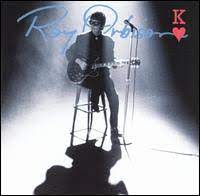
I Drove All Night is a song that was written by Billy Steinberg and Tom Kelly, and was originally recorded by Cyndi Lauper in 1989. However, Roy Orbison recorded his own version of the song in 1987, which remained unreleased until after his death in 1988.
Despite not being released until after Orbison's death, "I Drove All Night" has become one of his most popular and well-known songs. It has been covered by a number of artists, including Celine Dion, who had a hit with her version of the song in 2003.
The track can be found on the Orbison album "King Of Hearts" and is played with a capo 2nd fret in standard tuning. A little lead blended into the rhythm which has a down down up down up down up and repeat rhythm pattern with the chords A, G, D, Bmm and a Gbm.
Jump To Top
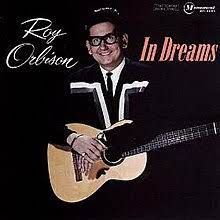
In Dreams was written and recorded by Roy Orbison in 1963. The song was produced by Fred Foster for Monument Records.
The
song is a slow, dramatic ballad that features Orbison's signature
operatic vocals and a haunting melody.
"In
Dreams" was a commercial and critical success for Orbison, reaching No.
7 on the Billboard Hot 100 chart in the United States, and No. 6 on the
UK Singles Chart.
"In Dreams" is widely regarded as one of Orbison's greatest songs, and remains a testament to his enduring legacy as a singer, songwriter, and performer.
I play this one in standard tuning with some lead required while playing the chords C, Am, Dm, G7, D and Fm. Play a root down up down down root up down up and repeat rhythm pattern for this one.
Jump To Top Of Best Songs By Roy Orbison
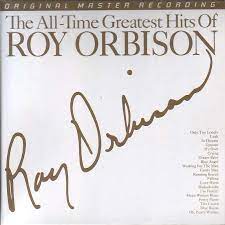
Mean Woman Blues was actually written by Claude Demetrius and first recorded by Elvis Presley in 1957. However, Roy Orbison also recorded a version of the song in 1963, which became a hit for him.
"Mean Woman Blues" was a commercial success for Orbison, reaching No. 5 on the UK Singles Chart and No. 11 on the US Billboard Hot 100 chart.
Mean Woman Blues appeared in Elvis Presley's 1957 film "Loving You". The song eventually appeared on the Roy Orbison album "The All-Time Greatest Hits Of Roy Orbison".
I play down strokes mainly for rhythm with an up stroke thrown in while in standard tuning and playing the chords A, D and E. Some picking required.
Jump To Top
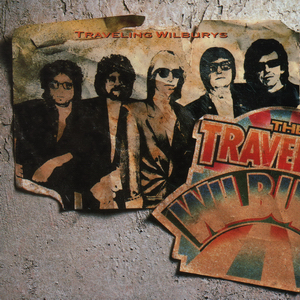
Not Alone Anymore is a track from the Traveling Wilbury's 1988 album The Traveling Wilbury's Vol I and the main vocals were sung by Roy Orbison. Roy died two months after the albums release and was the only Wilbury's album featuring Roy Orbison.
I play this one with a root down up down up root up down up rhythm pattern in drop D tuning which is always optional. No lead in this one as you play through the chords D, C, Bm, Gbm, A or A7, G and an Em.
Jump To Top Of Best Songs By Roy Orbison
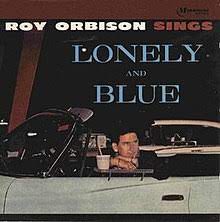
Only The Lonely was co-written by Roy Orbison with Joe Melson at a time when he did not have much success in the music biz during the early part of 1960.
They pitched the song to a guy named Elvis and a couple of brothers calling themselves The Everly Brothers, but both of them refused to record the song.
Roy Orbison's version of "Only The Lonely" was a huge success. The song was released in 1960 and reached number two on the Billboard Hot 100 chart, staying in the top 40 for 14 weeks. It also reached number one on the Cashbox Top 100 chart and number one on the UK Singles Chart.
"Only The Lonely" has since become one of Orbison's signature songs and a classic of the rock and roll era.
When Elvis first heard the song, he bought a box of records and handed them out to friends. The song can be found on Roy's album "Lonely And Blue".
For chords you'll need an Fm, Gm, C7, A#, C, F and G7 but no lead work and played in standard tuning. For rhythm play a root down up down up root up down up rhythm pattern.
Jump To Top
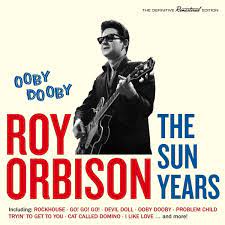
Ooby Dooby is a rock and roll song written by Wade Lee Moore and Dick Penner and was first heard by Roy Orbison while in high school well before he got a record deal. Then it was first recorded by a band called The Teen Kings, featuring a young Roy Orbison on vocals, in 1956 on the Sun label, where Elvis and Johnny Cash first recorded.
"Ooby Dooby" was a regional hit in Orbison's home state of Texas, and it helped to establish his career as a recording artist.
The song was later covered by several other artists, including Creedence Clearwater Revival, who had a hit with their version in 1972.
This one has a bit of lead in the rhythm with the chords B7, A7 and E in standard tuning. Play a root down up down up down up and repeat rhythm pattern.
Jump To Top Of Best Songs By Roy Orbison
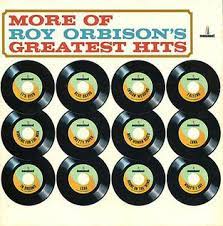
Pretty Paper is a Christmas song that was written by Willie Nelson in 1963. The song tells the story of a street vendor selling colorful Christmas wrapping paper and ribbons on a cold winter day. As people rush by, the vendor wonders about their lives and what they might be doing for the holiday.
Roy Orbison recorded the song in the same year it was written, and his version became a hit, reaching number 15 on the Billboard Hot 100 chart.
Over the years, "Pretty Paper" has been covered by many other artists, including Glen Campbell, Kenny Chesney, and Randy Travis. The song has also been featured in several movies and TV shows, and it remains a favorite of Christmas music fans around the world.
The track can be found on the "More Of Roy Orbison's Greatest Hits" album from 1964.
No lead in this one but I play a drop D tuning with a root down up down up and repeat rhythm pattern. For chords you'll need a D, A7, G, D7 and an E7.
Jump To Top
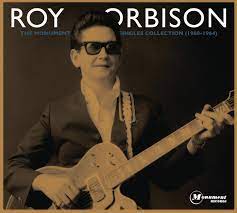
Pretty Woman is a rock and roll classic that was written by Roy Orbison and Bill Dees in 1964. According to Orbison, the song's inspiration came from a real-life encounter he had while on tour in the UK.
"Pretty Woman" was released as a single in 1964 and became a huge hit, reaching number one on the Billboard Hot 100 chart and remaining there for three weeks. It was also a hit around the world and has since become one of the most recognizable and beloved songs of the rock and roll era.
Over the years, "Pretty Woman" has been covered by many other artists, including Van Halen, Al Green, and Bruce Springsteen. It has also been featured in several movies and TV shows, most famously in the 1990 film "Pretty Woman," starring Julia Roberts and Richard Gere.
There is just the main riff in this number in standard tuning with the chords E, A, Gbm, D, E, E7, Dm, G, C and Am. For rhythm play a down down down up down up and repeat and a bit of shuffle strumming.
Jump To Top
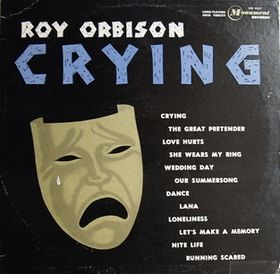
Running Scared is a song by Roy Orbison and Joe Melson. It was released in 1961 and became a big hit, reaching number one on the Billboard Hot 100 chart. It was also popular in the UK, reaching number nine on their chart.
The song sold over one million copies in the US alone. It's on Orbison's album called "Crying." The B-side of the single, "Love Hurts," also did well, especially in Australia. In Australia, both songs were considered hits, with both reaching number five.
The original key is A but I play it in G so just capo the 2nd fret if required while playing the chords G, Am, Bm, D7 and C in standard tuning. There is no lead break but I added one, which is optional to play in your arrangement.
Jump To Top Of Best Songs By Roy Orbison
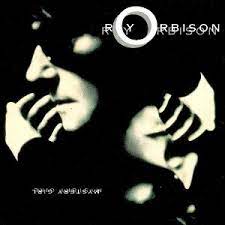
She's A Mystery To Me is a song written by Bono and The Edge of the rock band U2, and was recorded by Roy Orbison in 1989. The song was produced by Jeff Lynne of the Electric Light Orchestra, and it appeared on Orbison's final album, "Mystery Girl."
"She's a Mystery to Me" was released as a single in 1989 and became a hit in Europe, reaching the top 10 in several countries. It was also accompanied by a music video directed by David Fincher, which added to the song's appeal.
Only three chords in this one and they are C, F and G in standard tuning and no lead. Play a down down up down up down up down up down up and repeat rhythm pattern.
Jump To Top
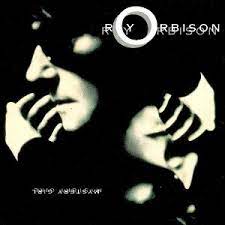
You Got It is another song written by Bono, along with his U2 bandmates The Edge and drummer Larry Mullen Jr. It was recorded by Roy Orbison in 1988, and produced by Jeff Lynne of the Electric Light Orchestra.
The song was a comeback hit for Orbison, who had experienced a decline in popularity in the 1980s. "You Got It" reached the top 10 in several countries, including the US and UK, and its success helped to reignite Orbison's career.
Sadly,
Orbison passed away in December 1988, just a few months after the
song's release.
I play a drop D tuning in this one but no lead work is required. For rhythm play a root down up down up root up down up and repeat pattern with the chords G, F, C, D, Em, Bm and a B7.
Jump To Top
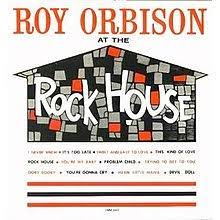
You're My Baby was written by Johnny Cash and was recorded by Roy Orbison in 1956. The song was produced by Sam Phillips and was released on the Sun Records label.
The song has also been covered by several other artists over the years, including Cash himself, as well as The Everly Brothers and Billy Fury.
This song can be found on the "Roy Orbison At The Rock House" album.
This one I play with a capo 1st fret in standard tuning with a steady shuffle with some rock n roll riffs for a rhythm pattern with a bit of picking in the rhythm. Three chords here are A, E and D.
Jump To Top Of Best Songs By Roy Orbison
Thank you for visiting my best songs by Roy Orbison page and I hope you found some useful and helpful info here.
If you liked this best songs by Roy Orbison page, you might also like ... (click images)
Popular Songs From The 60s
